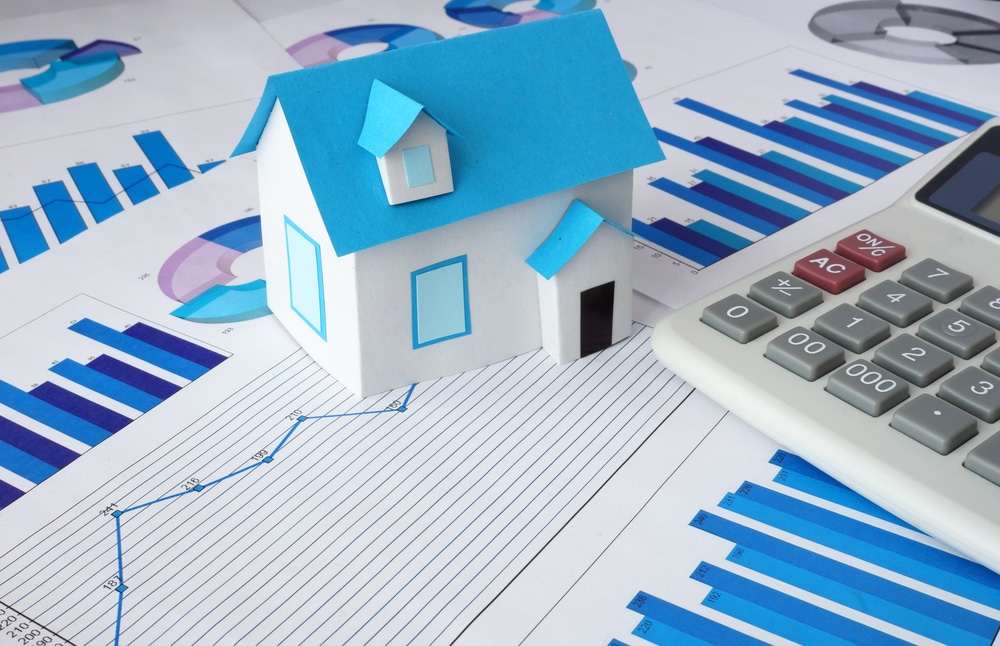The Southern United States is seeing a significant rise in the number of new homes available for sale, a shift that has industry experts drawing parallels to the infamous housing bubble of 2006. As we delve deeper into this issue, we’ll examine the key factors contributing to this potential market bubble, analyze expert opinions, and explore the broader implications on the U.S. housing market.
The Surge in New Home Supply: A Post-COVID Phenomenon
COVID-19’s Impact on Housing Demand
During the COVID-19 pandemic, the Southern U.S. saw a surge in demand for new homes as Americans relocated in search of more affordable living options. Stemming from the newfound flexibility of remote work, many people migrated from expensive urban centers to more cost-effective Southern states. This surge motivated home builders to ramp up construction efforts to meet the heightened demand.
The Construction Boom
Home builders responded to this migration trend with an unprecedented construction boom. The South saw new housing developments sprout across states like Florida, Georgia, Tennessee, and Texas. This rapid growth has now culminated in a significant oversupply of new homes, with the number of available properties surpassing previous records, even those of the 2006 housing bubble.
Signs of a Housing Bubble and Potential Burst
Declining Demand and Surplus Inventory
As the pandemic-driven migration trend slows, the demand for new homes in the South is experiencing a downturn. This waning demand, coupled with the oversupply of homes, is creating a scenario ripe for a market correction. According to real estate expert Nick Gerli, this imbalance is reminiscent of the 2006 housing bubble, raising concerns over a potential burst.
Historical Comparisons and Current Numbers
Gerli highlighted that the current level of new homes for sale in the Southern region has reached an all-time high, even surpassing the levels seen during the 2006 bubble. This significant inventory poses a risk for a sharp decline in home prices as developers and sellers strive to offload surplus properties.
Market Normalization or Imminent Crash?
Expert Opinions on Market Trends
While some analysts warn of a bubble burst, others suggest that the market may be normalizing after the extreme volatility caused by the pandemic. Danielle Hale, Chief Economist at Realtor.com, emphasizes that the Southern housing markets are seeing greater availability and more normalized pricing. This increased availability can serve as an attraction point due to the relative affordability of homes in the South.
Homeowner Equity as a Buffer
One crucial difference between the current situation and the 2006 market crash is the significant equity homeowners now possess. This higher equity serves as a buffer against drastic price declines, reducing the chances of a catastrophic market collapse similar to that of the mid-2000s.
Regional Disparities in the Housing Market
Northeast and Midwest Stability
Unlike the tumultuous Southern market, the Northeastern and Midwestern U.S. housing markets face fewer challenges. These regions exhibit lower levels of speculative activity and home building, contributing to relatively stable prices and inventory. This contrast points to a more localized potential bubble, primarily affecting the Southern states.
Future Outlook: What Can Homeowners and Buyers Expect?
The Role of Affordability and Migration
Despite the current market conditions, the relative affordability of homes in the South continues to attract new residents. This ongoing migration could help in absorbing some of the surplus inventory, provided there is no severe economic downturn or recession.
Price Adjustments and Market Corrections
Home prices in the South are already showing signs of decline. Buyers may find more favorable conditions in the near term as prices adjust to the current supply-demand dynamics. However, potential buyers should remain cautious and stay informed about market trends to avoid purchasing at inflated prices.
Conclusion
The Southern U.S. housing market presents a complex picture marked by a significant increase in home supply, declining demand, and potential risks of a market bubble. While experts are divided on whether a market crash is imminent or if we are witnessing a period of normalization, the high equity levels among homeowners and the ongoing migration to more affordable regions offer some stability. Prospective buyers and sellers must navigate this landscape carefully, staying attuned to market shifts to make informed decisions.






